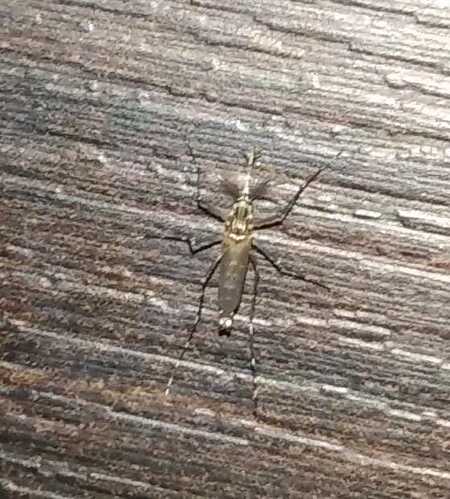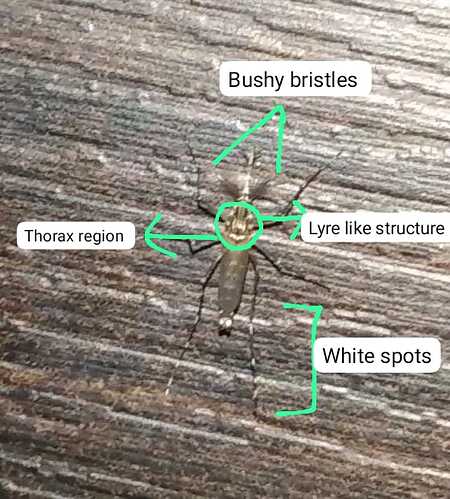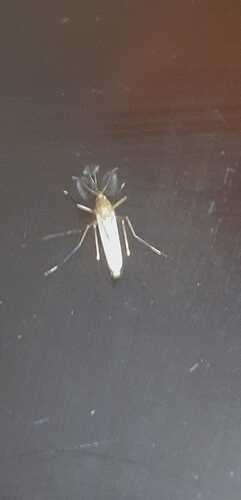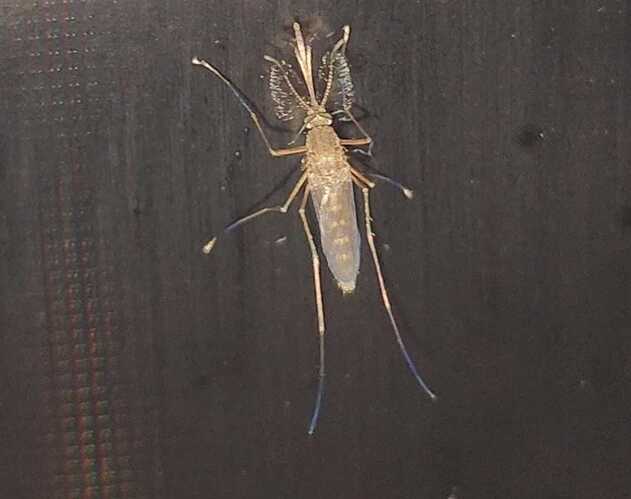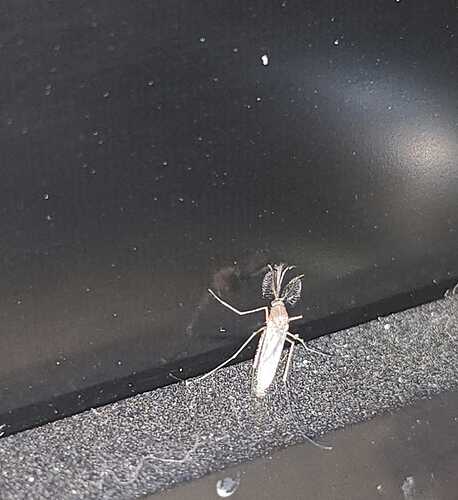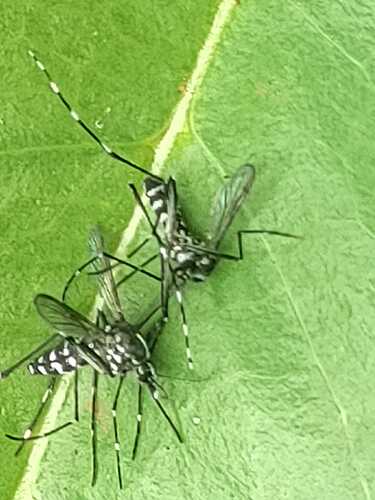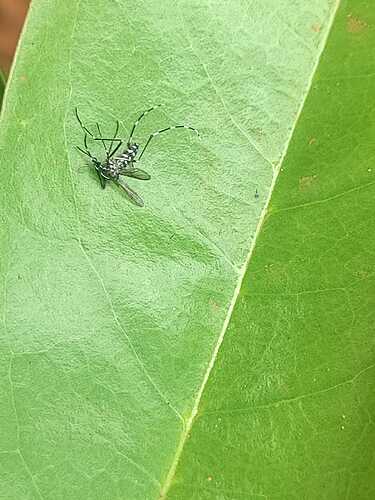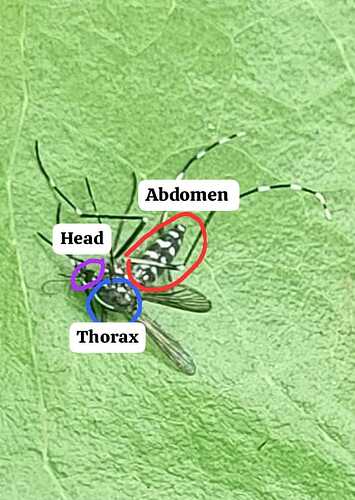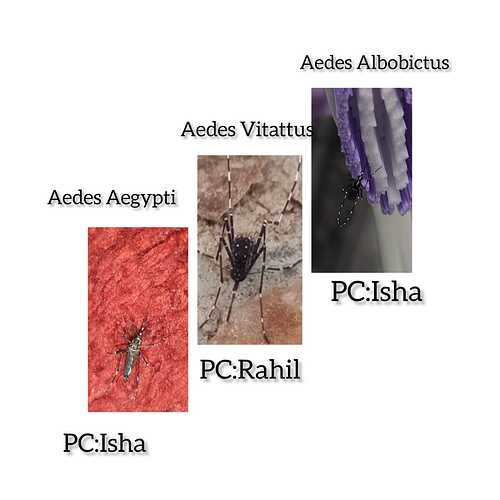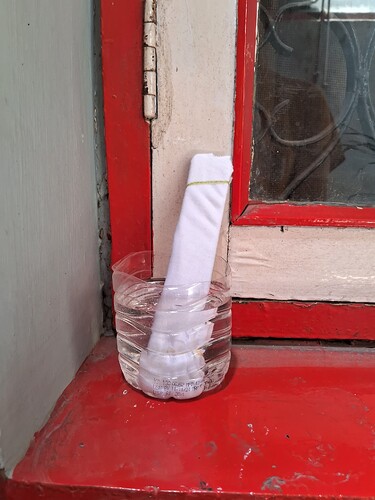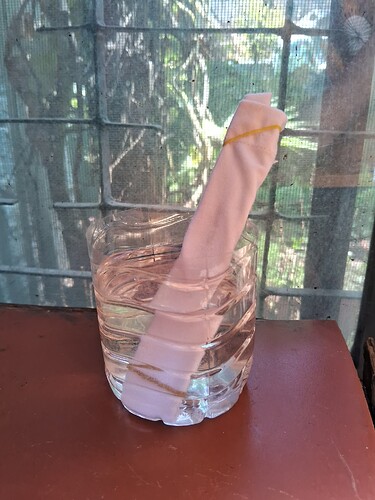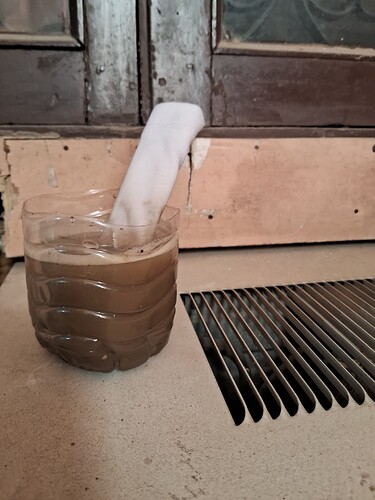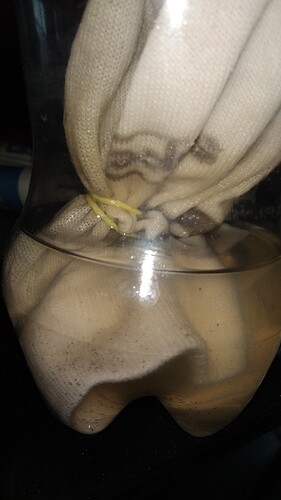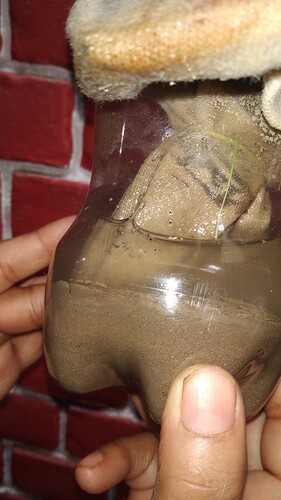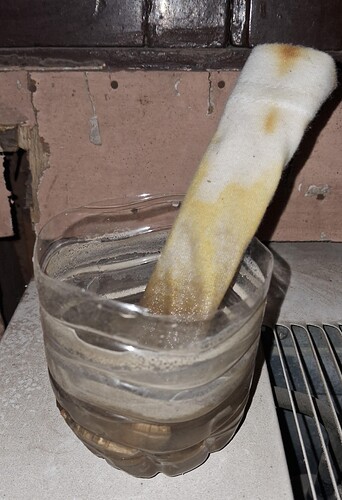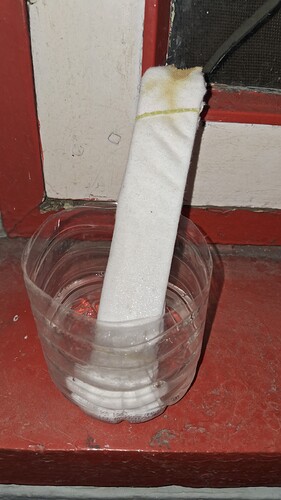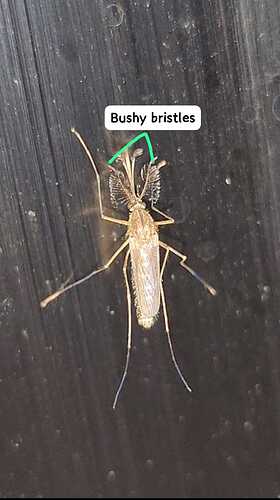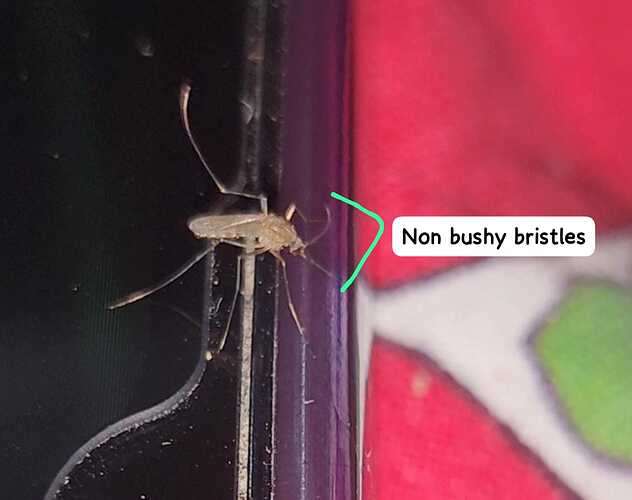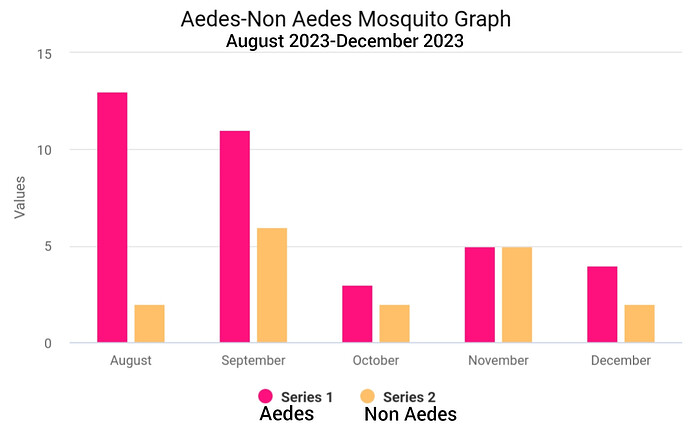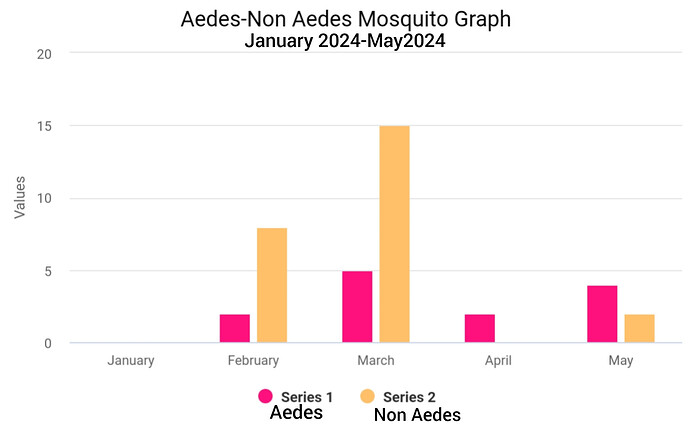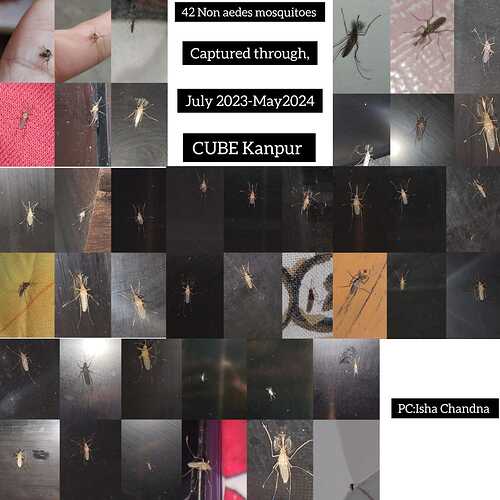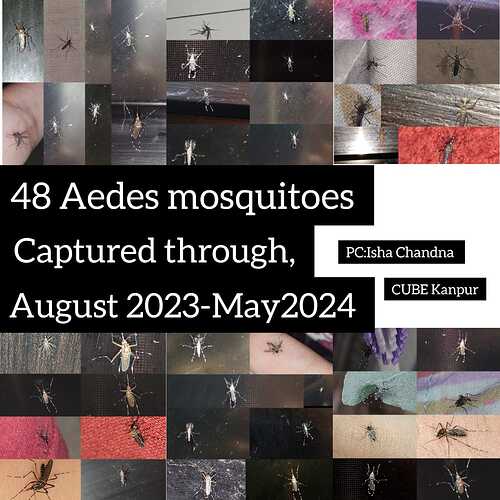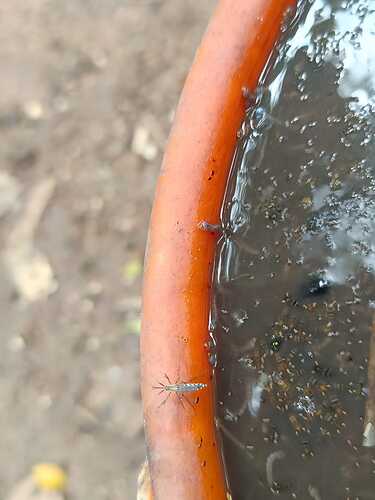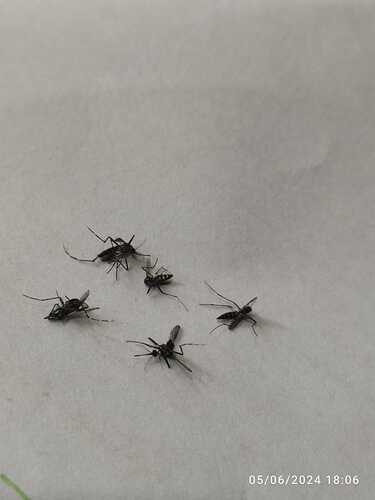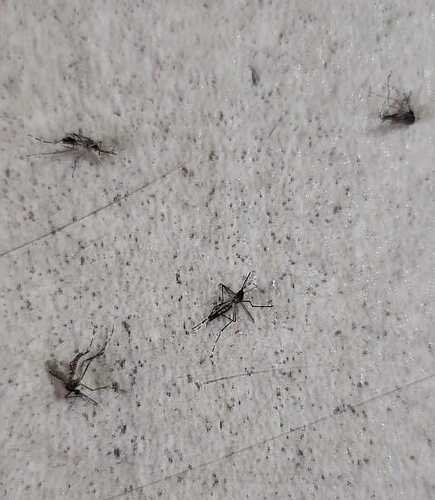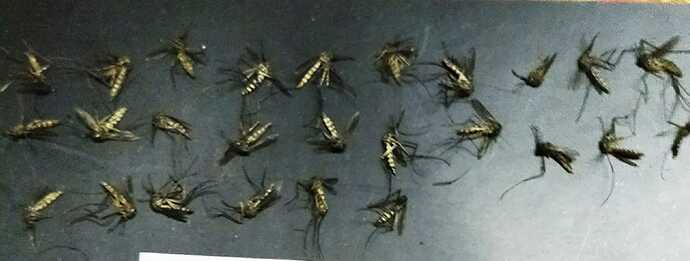Following are the photos shared by Cubists from AllenHouse Public school, Kanpur & the follow-up discussions.
1)Mosquito model system:
Male Aedes Aegypti mosquito captured today at 2:45 pm on 20th February 2024 in Swaroop Nagar, Kanpur by Isha Chandna CUBE Kanpur
[20/02, 4:12 pm] Arunan sir : How do we know it is male Aedes mosquito? @Isha CUBE
[20/02, 4:17 pm] Arunan sir : Does male mosquito feed on blood? @Isha CUBE
I heard that Male mosquitoes feed on plant juice.
Please give a summary of the location and lifestyle where we can find male Male Anopheles mosquitoes. @Isha CUBE @Hina CUBE @Sakshi
Post by @isha.
Sir we know that it is Male Aedes Aegypti mosquito as my capture shows white spots on the legs as well as the lyre like structure present on the thorax region of this mosquito,the feature that tells us that it’s male is the bushy bristles even though not as clear of a capture of the bristles still we can observe a little.I have marked the identification features in this photo to make it more understandable.
Mosquito identified - non aedes (male)
Identification feature- no white dot like structures in body parts and bushy antenna
Dated-6/3/24.
Time-10pm
Location- Halsey road Kanpur (indoor)
By- Kavyanjali Chauhan Cube Kanpur
Male non aedes mosquito captured at 6:21 pm on 24th February 2024 (Inside)in Swaroop Nagar, Kanpur by Isha Chandna CUBE Kanpur.
Male non aedes mosquito captured at 1:57 pm on 24th February 2024 (inside)in Swaroop Nagar,Kanpur by Isha Chandna CUBE Kanpur
[24/02, 3:05 pm] Arunan sir : What do you mean by non Aedes mosquito? @Isha CUBE
What is the importance of that?
[24/02, 3:31 pm] Isha CUBE: Aedes mosquitoes are mosquitoes which have white bands over their legs and different identification features on their thorax region to identify their types but white bands will be common in all aedes mosquitoes.
Non aedes mosquitoes are mosquitoes which do not possess these characteristics.
Non aedes are of many types but over the years veteran cubists from Kanpur identified 2 kinds which were most commonly found in our city .
They are - Anopheles mosquito and Culex mosquito
Culex mosquito spreads West Nile fever and Japanese encephalitis whereas Anopheles mosquito spreads malaria.
[24/02, 3:40 pm] Abhijeet CUBE: “Culex mosquito spreads West Nile fever and Japanese encephalitis”
I haven’t heard of these 2 diseases spread by Culex mosquito. Can you tell more about it?.
Isha:
Japanese encephalitis
https://g.co/kgs/zSsrGzF
Caused by Culex mosquito
West Nile Fever
Caused by Culex mosquito
Aedes mosquitoes-
Characteristics of aedes mosquitoes
Our collaborators from CUBE Kanpur are Kavyanjali Chauhan ,Ma’am Hina Mudgal ,Rahil Mudgal and myself.
Looks like, two Mosquito sisters caught while gardening. 11:25 am 23 March 2024 Madel, Thivim, North Goa Photo mcarunan
Garden mosquito at 11:17 am 23 March 2024 for help in identification. Madel,Thivim,North Goa Photo mcarunan
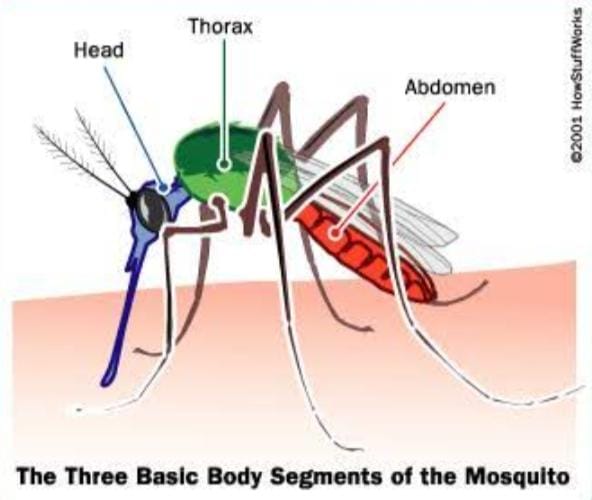
https://images.app.goo.gl/e5S6giZU5JUeeJH7A
Post by @Isha
Aedes Aegypti mosquito has a lyre like structure present on its thorax
Reference- Aedes aegypti - Google Search
Aedes Albobictus has a line like structure present on its thorax
Reference-https://www.sciencedirect.com/topics/agricultural-and-biological-sciences/aedes-albopictus#:~:text=Aedes%20albopictus%20(Skuse%2C%201894),white%20stripe%20on%20its%20thorax
Aedes Vitattus has 4 dots present on its thorax
Reference-Aedes vittatus (Bigot, 1861) | Walter Reed Biosystematics Unit (WRBU)
